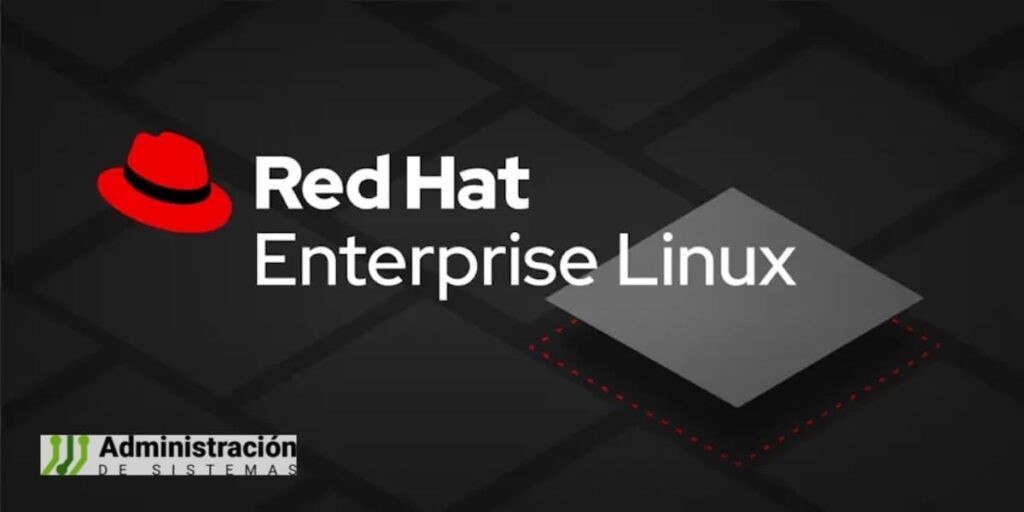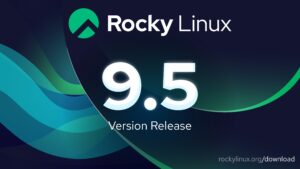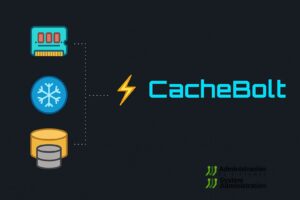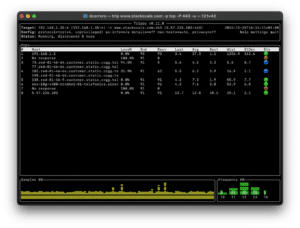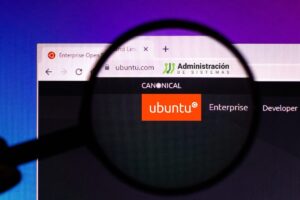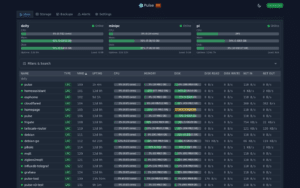Red Hat has confirmed a security incident affecting a specific GitLab instance used by its Consulting team. The company says an unauthorized third party accessed and copied some of the data hosted in that environment. After detection, Red Hat revoked access, isolated the instance, hardened controls, and contacted authorities, while keeping the investigation open.
Key message for operations: there’s no evidence of impact on other Red Hat products or services, including the software supply chain and official download channels. If you are not a Red Hat Consulting customer, Red Hat states there are no indications you were affected. The incident is also unrelated to the CVE-2025-10725 vulnerability in Red Hat OpenShift AI announced the previous day.
Below is a sysadmin-oriented version focused on scope, operational risk, recommended actions, and checklists to respond quickly and sensibly.
What’s known (facts confirmed by Red Hat)
- Scope: a specific GitLab instance used by Red Hat Consulting in certain service engagements.
- Attacker action: unauthorized access and copying of some data from that instance.
- Immediate response: access revoked, environment isolated, hardening increased, authorities notified.
- Impact on products & supply chain: no evidence of impact on other Red Hat services or products, the software supply chain, or official download channels.
- Potentially affected customers: Consulting (e.g., project specifications, example code snippets, internal communications about services, and limited business contact info). Red Hat will notify directly if applicable.
- Other customers: no evidence of impact.
- Not related: to CVE-2025-10725 in OpenShift AI (separate issue).
What’s unknown (avoid guessing)
- Intrusion vector (exposed credentials, personal keys, CI/CD integrations, misconfiguration, etc.).
- Exact data volume exfiltrated, specific repositories, or branch/commit affected.
- Any lateral movement beyond the compromised GitLab (Red Hat says there’s no evidence of impact to other corporate systems).
Operational implications
- Exposure of “useful metadata” risk: beyond sample code, collaborative repos often include hostnames, internal URLs, paths, environment naming, diagrams, and operational habits. These can aid reconnaissance and pivoting for adversaries in pre-attack stages.
- Secrets & artifacts: despite policies, real life leaves tokens, service keys, temp credentials, or sensitive parameters embedded in scripts or CI YAML (even deprecated but not rotated).
- Targeted social engineering: any contact info or change routines can fuel phishing and channel fraud (e.g., impersonation of technical staff or vendors to obtain further access).
If your organization worked with Red Hat Consulting: recommended actions (low impact, high return)
A. Immediate visibility (≤ 24–48h)
- Inventory internal projects that used Consulting repos: project name, repos/URLs, teams involved, dates.
- Exposure review: scan repos for secrets, tokens, keys, or endpoints (include history). If there’s reasonable suspicion, rotate.
- SIEM/EDR detections:
- ASN/country anomalies on access to bastions, VPN, CI/CD consoles.
- Signatures for anomalous use of personal tokens and PATs across Git, GitLab, CI, artifactories.
- Unusual pulls/downloads from internal repos (correlate by volume and time).
- Enforce MFA and review access lists (SSO/IdP groups with rights to repos integrated with Consulting).
B. Containment & cleanup (≤ 7 days)
- Rotate service creds tied to pipelines, runners, bots, and deployments (CI/CD, IaC, registries).
- Repackage critical artifacts with updated hashes and signing (if your chain supports it) to reinforce trust.
- Review IaC (Terraform/Ansible/Kustomize/Helm): hunt for sensitive variables and outputs that expose infra details.
- Environment separation: ensure Consulting-related projects have no coupling with production (credentials, webhooks, shared runners).
C. Response preparedness
- Project dossier: canonical list of systems/services referenced in shared repos, with owners and contacts.
- Vendor channel: if Red Hat notifies potential impact, have change routes ready (extra rotations, token invalidations, temporary IP blocks, etc.).
- Internal comms: brief Service Desk and NOC/SOC to filter phishing derived from impersonation (“from Red Hat/Consulting”).
Quick checklist for Git/GitLab/CI (useful even if you don’t use Red Hat’s GitLab)
- Disable obsolete tokens and user PATs not required.
- Enforce MFA and credential rotation on accounts with CI/CD and artifactories access.
- Audit webhooks and deploy keys; remove unused/orphaned ones.
- Review shared runners and protected variables; reduce scopes.
- Enable branch protection and mandatory reviews for sensitive repos.
- Run secret scanning and, if needed, rewrite git history to purge exposed secrets.
- Record artifact fingerprints (checksums/signing) and verify at deploy time.
- Block SSH access without modern keys; review ciphers/MACs.
- Telemetry: metrics and logs for unusual clones/downloads and repeated auth failures.
Keep incidents separate to avoid overreaction
- Case 1 – Consulting GitLab: unauthorized access to a collaboration repo outside products; potential impact limited to docs, sample code, and business contacts.
- Case 2 – CVE-2025-10725 (OpenShift AI): product vulnerability with its patch cycle and advisories. Requires a different mitigation track (versioning, hotfixes, compensating controls).
Operational takeaway: don’t mix response plans. Apply repo controls on one side and vuln management on the other.
Questions to ask the vendor (and document)
- Timeline: estimated compromise window and detection.
- Artifacts: types affected (e.g., docs, snippets, pipelines, issues).
- Integrations: any access to runners, artifactories, or external webhooks?
- IOCs & TTPs: indicators/patterns for SIEM/EDR (IPs, user-agents, paths, queries).
- Customer scope: notification criteria and specific recommendations (rotations, invalidations, blocklists).
- Hardening applied and additional controls (e.g., secrets policy, continuous scanning, project isolation, retention).
Minimum best practices (if not already in place)
- Secrets policy with mandatory detectors at pre-commit, CI, and repos (blocking).
- Security linting for IaC (rules to avoid dumping endpoints/credentials).
- SBOM & signing for critical artifacts (if supported by your chain).
- Least privilege in Git/CI groups and default token expiry.
- Network segmentation and trust domains for runners/agents.
- Rotation playbooks (credentials, certificates, tokens) rehearsed with pre-approved windows.
Conclusion
For a sysadmin audience, the priority isn’t the headline but the playbook: what to touch today, what to prep this week, and how to isolate risk without breaking production. The incident described by Red Hat appears confined to a Consulting GitLab and doesn’t point to compromise of products or the vendor’s supply chain. Even so, it’s wise to tighten posture: inventory, secret hunts & purges, selective rotations, reinforced telemetry, and an open line with the vendor.
A calm, procedural response reduces attack surface, shrinks uncertainty, and leaves teams better positioned for any updates Red Hat may share with potentially affected customers.

